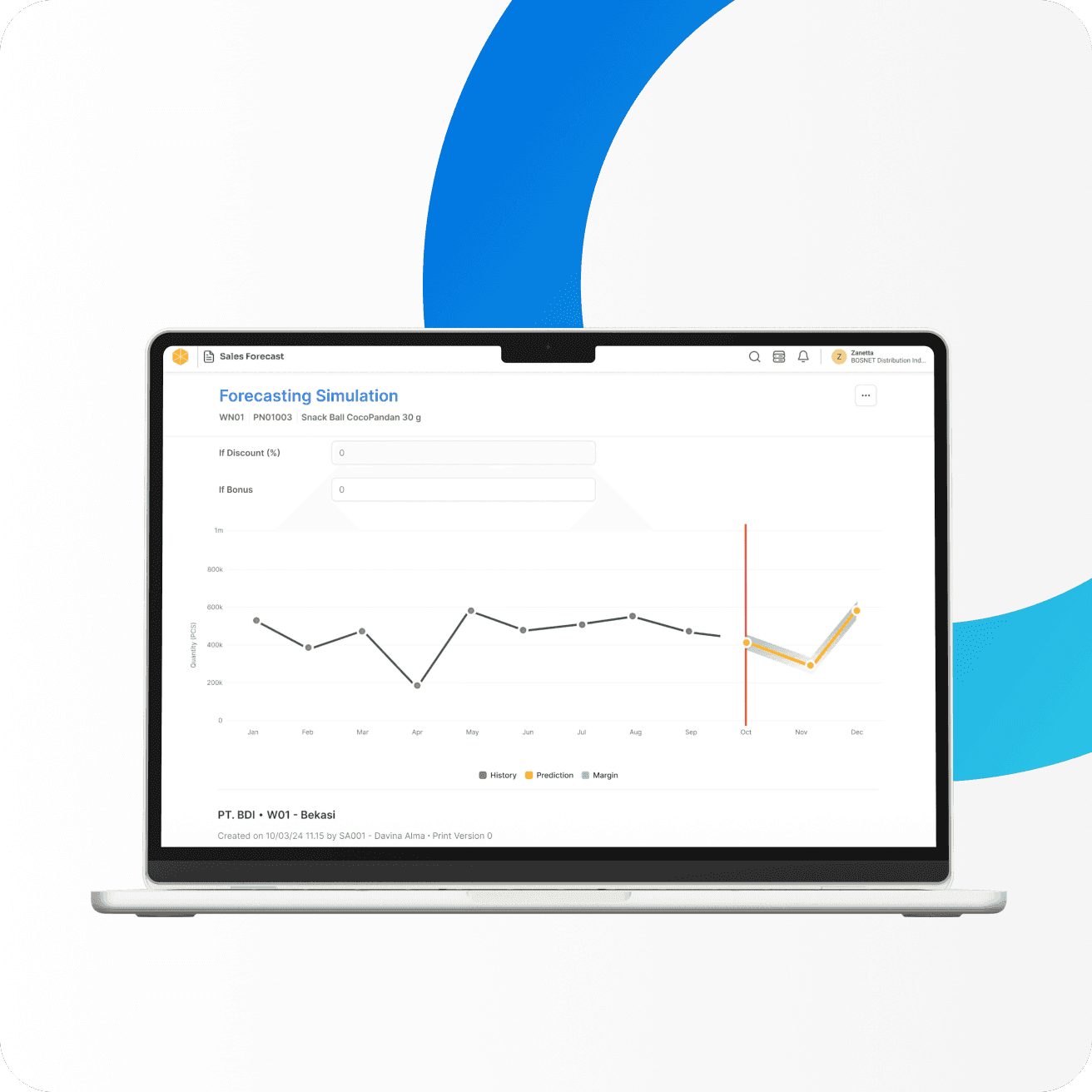Drive Smarter Decisions with AI-Enhanced Sales Forecast
Complex sales data and market fluctuations are opportunities for growth. AI models deliver accurate forecasts by considering external factors and real-time updates.


Complex sales data and market fluctuations are opportunities for growth. AI models deliver accurate forecasts by considering external factors and real-time updates.


Sales data often involves multiple dimensions—product categories, regional variations, seasonal trends, customer behavior, and external factors like market conditions or economic changes.
Basic forecasting techniques, such as moving averages or exponential smoothing, often oversimplify data and over-smooth variability, ignoring critical nuances like emerging trends, non-linear patterns, or market anomalies.
Sales forecasts must be both precise and adaptable, capable of addressing rapidly changing environments and real-world shifts while maintaining actionable insights for proactive decision-making.
Leverage AI-driven time series models like LSTMs (Long Short-Term Memory networks) and Transformer based model to capture non-linear trends, seasonality, and anomalies in complex sales data with higher accuracy and adaptability.
Integrate external factors such as economic indicators, weather patterns, and market trends into AI models to enhance forecasting precision and provide deeper insights into how external variables impact sales performance.
Utilize AI systems capable of real-time data processing to continuously update forecasts, ensuring they remain relevant in dynamic market conditions and reflect the latest changes in sales and customer behavior.

